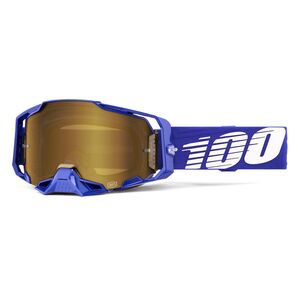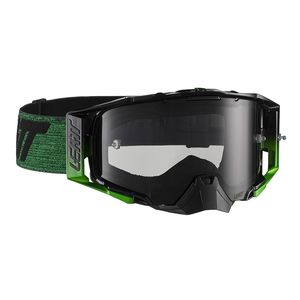A helmet is the most important piece of motorcycle gear you’ll wear, but for dirt riders, goggles are arguably just as important. Your eyes are incredibly vulnerable and your goggles are the only thing protecting them when you're getting a face full of roost.
If you can’t see, you can’t ride.
When I first started riding dirt bikes, I’d hop online, find a good deal on a set of goggles, and hope for the best. They’re goggles, how complex could they really be, right? Through a lot of trial and error, racing, and discussion with fellow riders, I’ve discovered there are a few things to consider when sifting through the endless sea of choices.
Goggle straps and outrigger
Before we get to the goggles, consider the strap. The general rule is that “The bigger the goggle strap, the more secure the goggles will feel.” I think that statement is true, but in my experience, as long as the goggle strap has a nice strip of silicon, my goggles stay in place well. I’ve not personally experienced much of a difference between a 45 mm strap and a 50 mm strap. As long as they have a good bit of silicon on there, you should be all set.
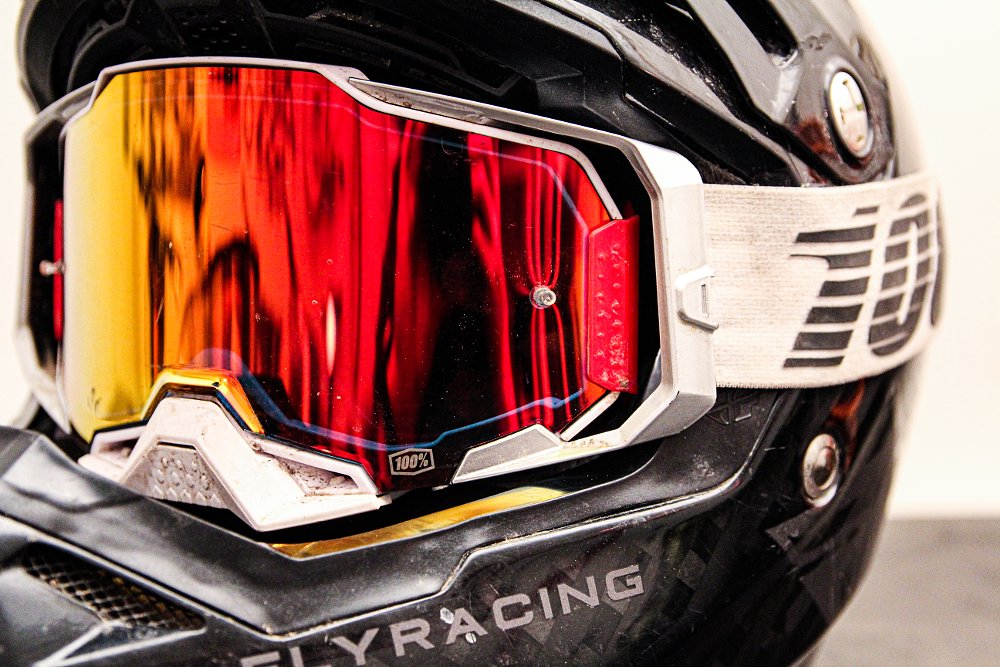
I do, however, notice a difference with goggles that have an outrigger versus those that do not. Outriggers are a part of the main frame of the goggles. They are designed to allow the goggles to sit into the helmet further, which in turn provides a more comfortable and secure fit.
What lens color should I get?
I’ve tried every color lens there is and in my opinion, they all work fine, though some are better for certain conditions. With that said, tinted lenses are a must for me when it’s bright and sunny. A lot of tinted lenses will have UV protection and simply allow you to see more clearly when those rays are piercing through the trail.
You’ll find more “advanced” lens options with various manufactures such as the HiPER lens from 100% or the Iriz lens from Leatt. These lenses provide greater contrast, more vibrant colors, and can help with depth of field. Yes, they do work and they can help you navigate the terrain more easily.
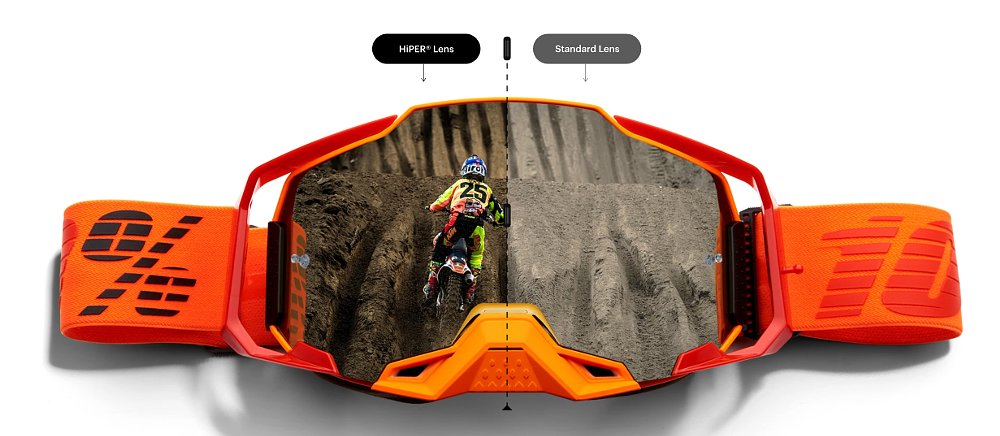
Something to keep in mind is that the exterior color you see is not what your eye will see from the inside of the goggles looking out. Generally speaking, you will just see a light smoke coloring when looking through your lens. The most common exception here is with a yellow lens. The yellow lens is designed and should really only be used for rainy, foggy, and overcast conditions. Much like the “advanced” lenses I mentioned before, they will provide greater contrast and better depth of field during inclement weather.
If you buy a pair of goggles with a tinted or colored lens and the goggles do not include a clear lens, make sure you pick up a clear lens. Even if you don’t think you’ll use it, toss it in your gear bag, just in case. I’ve shown up to meet my buddies trailside on foggy and overcast days and really wished I had a yellow or clear lens with me instead of the tinted lens I'd brought. A foggy day, combined with the additional shade of the trees, can make the trail challenging to see with a tinted lens.
Fogging
Speaking of foggy days, what about foggy goggles? You generate a lot of body heat out there on the trails so at some point every rider will experience their goggles fogging up on them. This is a topic that always yields some different results depending on who I chat with. Some riders strongly feel their goggles don’t ventilate well enough and their goggles are constantly fogging. I can talk to a different rider wearing the exact same goggles and they never have any issues.
I’ve ridden in everything from 110 degrees F in Moab, Utah, to riding in snow down in the 30s out in central Pennsylvania. Personally, I’ve not experienced too many challenges with my goggles fogging. It’s really only an issue if I get stuck and I’m wrestling with my bike for a moment or when I’m riding at incredibly low speeds for any prolonged amount of time. From my experience, I don’t think it really matters much what goggles you have on for those situations, they’re going to fog and I can’t blame or pinpoint any particular brand that has fogged up in those situations worse than any others.
For me, as long as I’m riding with a pace faster than a snail, it’s generally a non-issue. But, as I mentioned, another rider may have a completely different experience. If you perspire a lot, I’d recommend getting some anti-fog spray or anti-fog wipes for your goggles. If you’re crawling at those lower speeds over technical terrain or wrestling your bike out of a rut, just take your goggles off for a moment and let yourself and your goggles breathe a bit.
Worst-case scenario, you can make small holes in the goggle padding to help them breathe a bit more. If you routinely ride in dusty conditions, however, I wouldn’t recommend that.
Field of vision
Regardless of what type of riding you plan to do, how often you ride, or your overall riding ability, your field of vision is very important. Any additional advantage you can get here will go a long way. Within the past year I scooped up a pair of 100% Armega goggles and immediately noticed a significant difference in my field of vision. On paper, it may only seem like a few extra millimeters, but on the trail it translates on a much bigger scale.
Sure, I’ve gotten away just fine with goggles that offer a smaller field of vision, but now that I’ve used the Armegas and goggles like the Fox Vue, I really can’t go back to having a smaller eyeport.
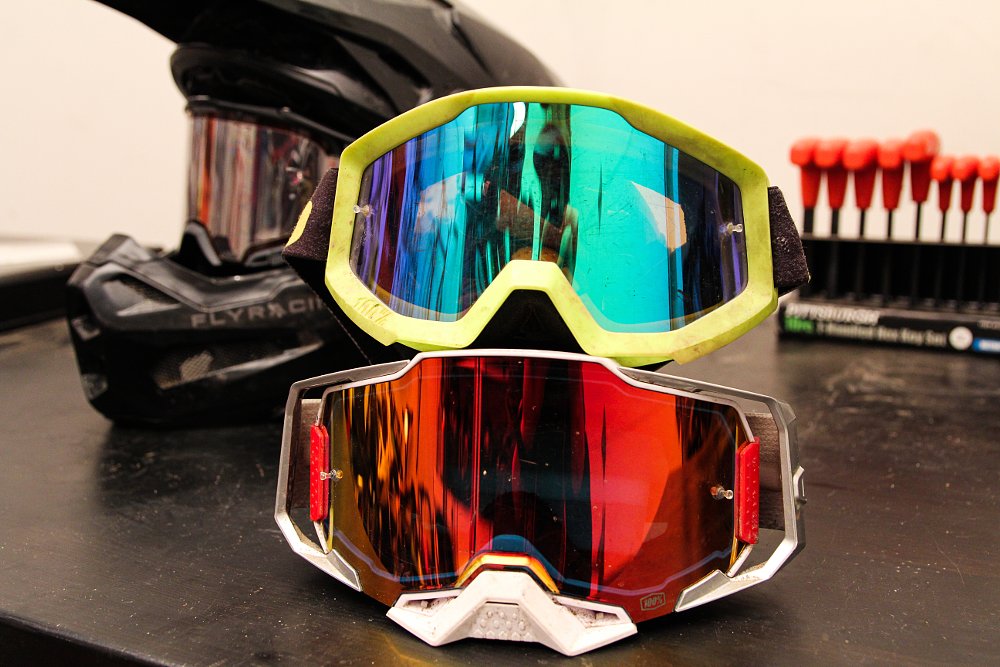
Typically, goggles that provide a wider field of view cost a bit more than those that do not. From my experience, it’s worth a few extra bucks, especially if you enjoy riding single-track or plan on racing.
I shot a Ride Tested video on the 100% Armega Goggles and the Leatt Velocity 6.5 Goggles. While the Velocity 6.5 Goggles are a great bang-for-the-buck option and offer a pretty good field of vision, the tear-off posts were located right in my peripheral vision. This is another thing to look for when choosing your goggles. Unfortunately, it’s nearly impossible to identify this problem until you have the ability to actually try on the goggles. Luckily we have a pretty good return policy at RevZilla.
Tear-offs and roll-offs
Speaking of those tear-off posts being right in my peripheral vision, if you’re not familiar with what I’m referring to, tear-off posts are often a plastic tab positioned on either side of the lens. The posts hold the “tear-offs,” which are designed to be worn on top of your goggle lens. Riders will use these to protect the goggle lens from dirt, mud and debris. As the name suggests, they are designed to be “torn off” of your goggles, providing a clear field of view.
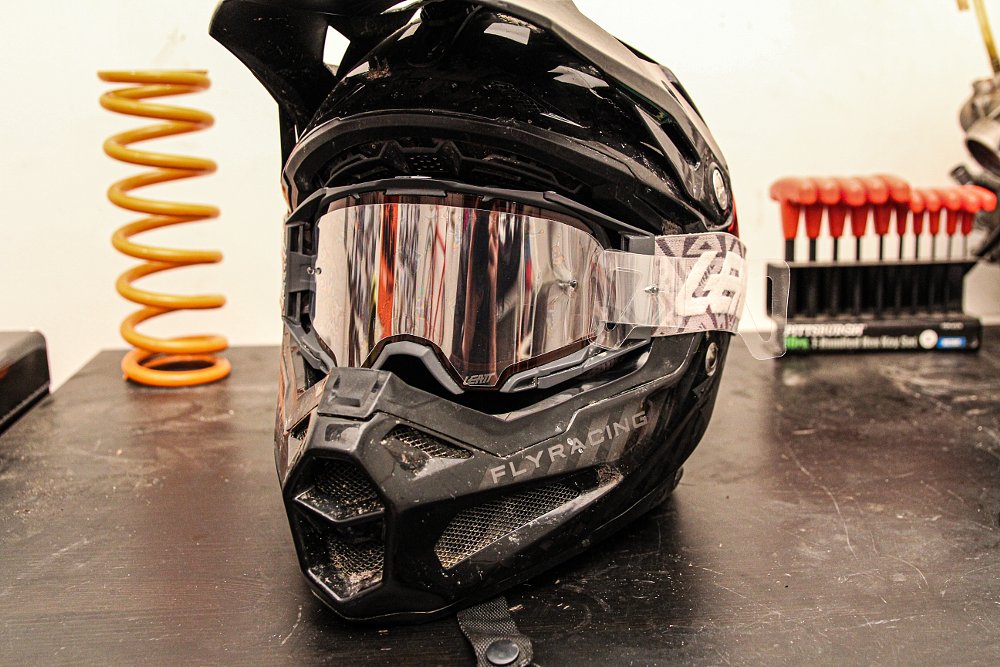
If you’ve ever watched Supercross, you’ll often see riders quickly raising a hand to their helmet in mid air and tearing off a piece of film from their goggles. Tear-offs are designed to be used exclusively for racing. Once all the racing has been completed, the race organization will sweep the trails or the MX track, picking up trail markers, broken parts, tear-offs, and any trash that may be left behind.
Please do not use tear-offs during your daily trail rides with buddies. Simply pull over, clear your lens and get back to it. Tearing off a piece of plastic from your goggles and throwing it in the woods is called littering and that ain’t good.
If you’re riding in muddy conditions, perhaps you have a muddy race coming up, or you simply don’t want to pull over all the time to ensure your vision is clear, a great alternative to consider are roll-offs.
Roll-offs utilize a similar material but instead of pulling off the film and discarding it, you pull a string connected to the goggles and the strip of film simply slides from one film canister to the other. A fresh, clean strip of film rolls into view while the dirty one is pulled away.
You can now find roll-off systems that utilize Bluetooth so you don’t have to lift your hands off of the handlebars to activate your roll-off and acquire clear vision. Pretty slick. Just don’t mix up the Bluetooth roll-off button with your kill switch...
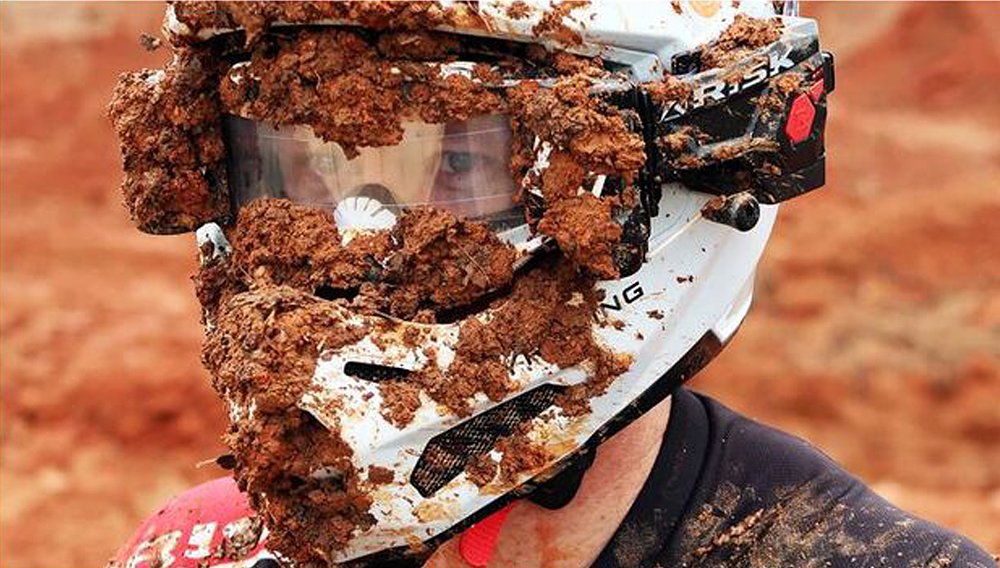
The only downside I've experienced using roll-offs is that the canisters on either side can block a bit of your peripheral vision. It’s something I got used to pretty quick but it's worth mentioning.
Choosing the right googles
I think it’s important to note that you should have your helmet squared away before picking up your goggles. This will allow you to try various goggles with your helmet to ensure everything fits securely and comfortably. We all have different face shapes and different ideas of what feels comfortable. You can order a few options and simply return the ones you don’t wish to keep.
If you plan to go racing, you ride a lot, or you simply want the best, there's a lot to be said for the ol' “pay once, cry once” advice. Spend a little more to get the premium features and attention to detail. If you're a more casual rider or on a budget, however, one good thing about goggles is that there's a large range available at a variety of price points, so every rider is covered.
So now that we've looked at the features you want to consider when you go shopping for goggles, here are my personal favorites.
| Brandon's top five goggles | |
|---|---|
|
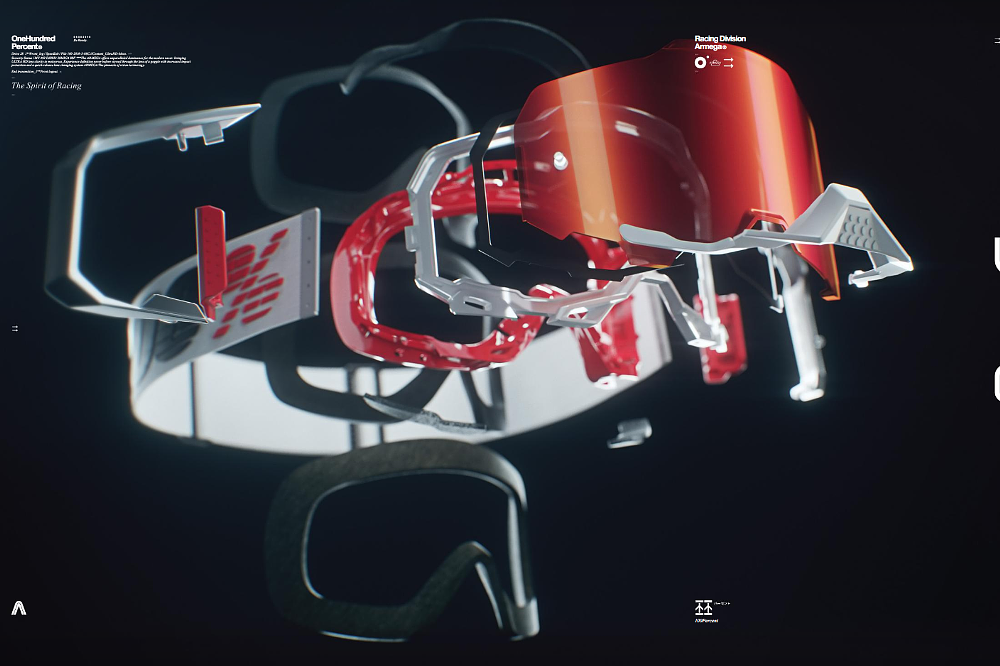 |
|
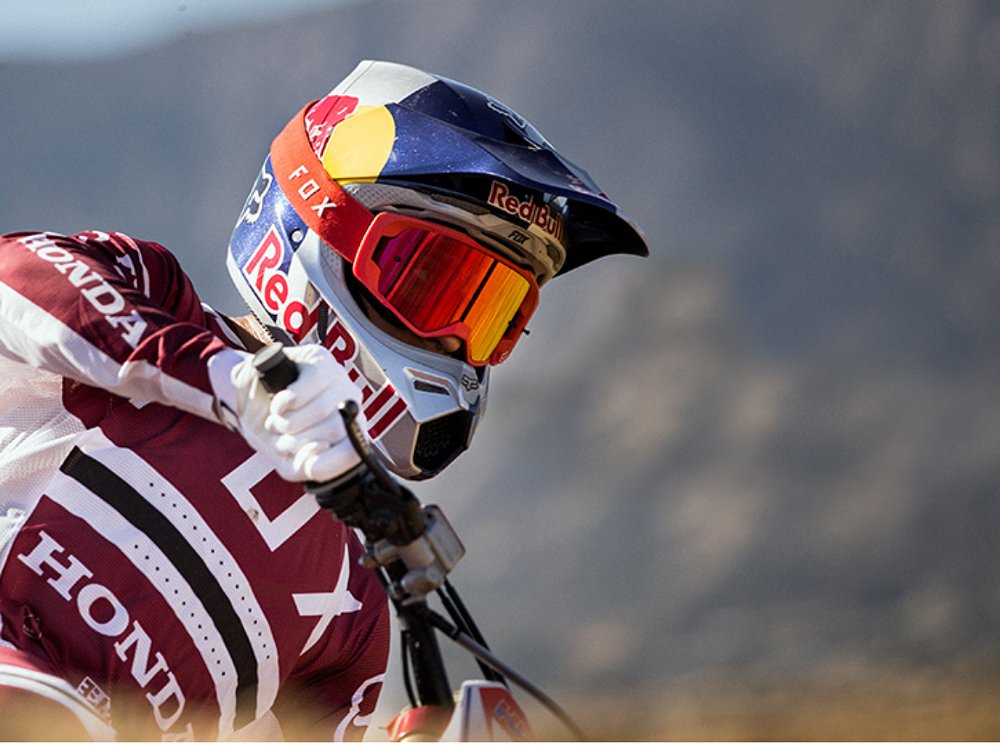 |
|
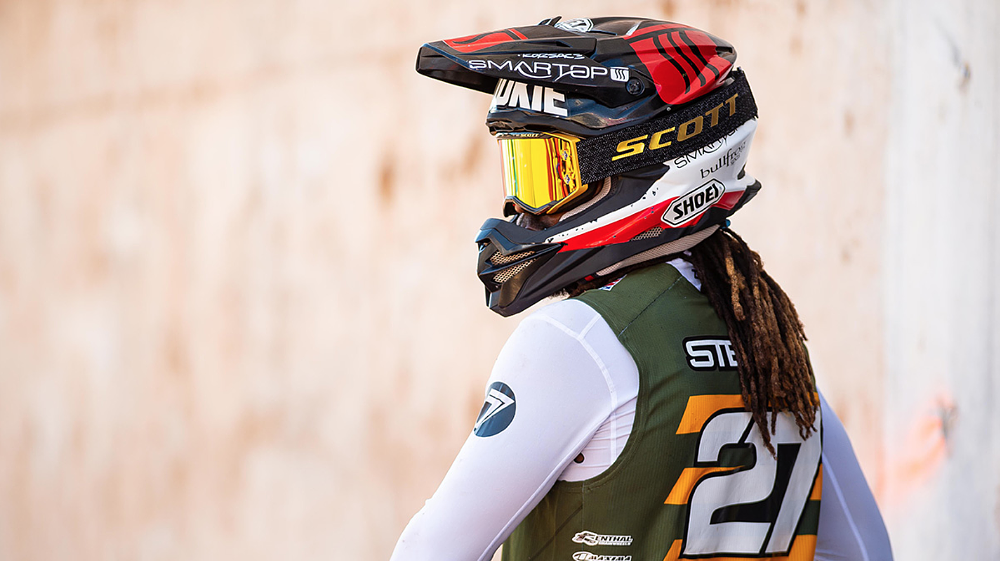 |
|
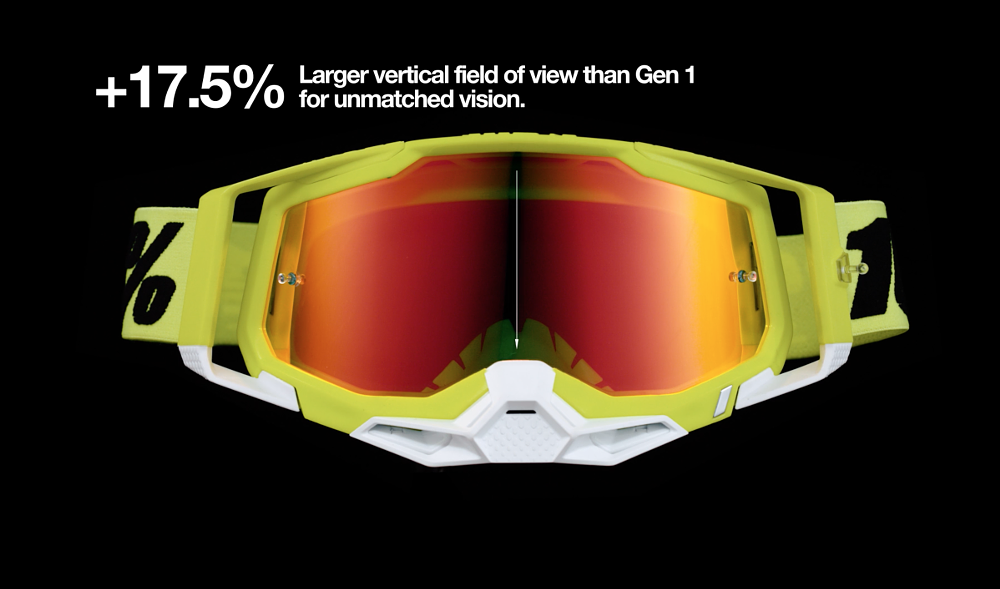 |
|
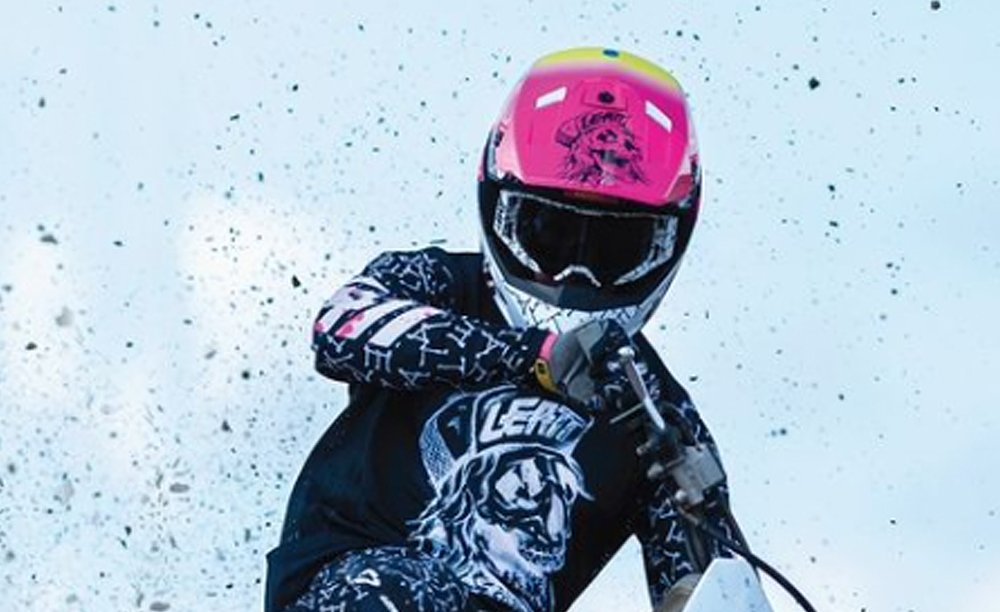 |
How often should I clean my goggles?
Once you've found goggles you love, you'll want them to last. Cleaning your goggles is fairly simple. I admit I don’t clean my goggles or the interior of my helmets nearly enough and when I do, my future self thanks my past self every time.
If you can get into the habit of cleaning your goggles after every ride by making it a part of your routine (I know, most of us probably won’t), you’ll be better off. Cleaning your goggles is a pretty straightforward process:
- Remove the lens from the goggles and wash it with a small amount of hand soap in lukewarm water. Soaking the lens for a bit softens any dirt or mud so it can much more easily be wiped away without scratching the lens.
- Use the same method to clean the foam padding and any other areas that are dirty.
- Let the goggles hang dry. Do not throw them in the dryer. Use a microfiber cloth when drying the lens. When storing or transporting your goggles, I highly recommend using the cloth bag the goggles come with. This will protect the lenses and keep them clean during storage or transit.
Do not use any harsh chemicals as they may prematurely breakdown the foam padding, damage the lens, or be harmful to your skin when you're wearing the goggles. Over time, your sweat and even UV rays will begin to break down the foam padding around the rim of the goggles. Keeping your goggles clean will help prolong their life, which pretty much holds true for the rest of your gear.
Hopefully this info will get you pointed in the right direction when hunting for your next pair of goggles. Regardless of what you ride, how often or how fast, the main objective with goggles is to protect your eyes. If your goggles are doing that for ya, you're off to a good start.














